Receding gums are one of the most common symptoms of gum disease, which is frequently caused by improper oral hygiene. While gum disease may not have any symptoms at all, if you notice signs of receding gums, make an appointment with your dentist. With prompt care, the gum tissue and oral cavity can usually be restored to health, but without intervention, gum disease can progress and cause tremendous amounts of damage, orally and even systemically. Symptoms of receding gums often include visible swelling or redness in the gum tissues, bad breath or a bad taste in the mouth, bleeding after brushing or flossing the teeth, pain or sensitivity near the gum line, teeth that appear unusually long or gums that appear disproportionately short, visible tooth roots, or even noticeably loose teeth. While some of these symptoms are worse than others, early treatment can prevent the worst symptoms from occurring and restore the oral tissues to health, and continued oral hygiene improvements can keep these tissues healthy and stable.
Healthy gums help protect tooth roots from bacteria and insulate them against temperature extremes. When the gums recede, the tooth roots are more exposed, which can cause sensitivity to hot or cold beverages, a common symptom of receding gums. Receding gums also create more substantial pockets between the gums and teeth, and these pockets can easily fill with plaque, which becomes more difficult to remove as the pockets deepen and thereby causes the pockets to deepen even more. Without treatment, this systematic destruction continues, and if gum recession proceeds unchecked, multiple tooth loss may be inevitable.
Only a dentist can diagnose and treat periodontal disease. During routine dental checkups, your dentist evaluates the condition of your gums with a visual and manual examination that may include probing the pockets in the gums to determine their depth. If your gums are receding, your dentist will consider your oral health, habits, and oral health and provide treatment recommendations. Sometimes, modifying brushing techniques is sufficient to stop the gums from receding, while other cases require consultations with a periodontist or other dental specialist. If receding gums are a symptom of periodontal disease, a periodontist will treat the infection before determining the best approach to repairing the gum tissue.
The preferred option for treating receding gums is the dental scale and root planing procedure. During this initial scaling and root planing procedure, if gum tissue is determined to be infected, oral and topical antibiotics will be applied and prescribed. There may be other medical applications used during this initial treatment, including enzyme suppressants, and your dentist will tell you when it’s time to come in for your follow-up appointment to make sure your gums have recovered properly. When gum recession is severe, surgical options may be recommended. These surgeries, which include flap surgery and gum tissue grafts, can restore the gums to health and repair the appearance of the gum line while preventing further damage to the periodontal tissues. Of course, preventing receding gums is the optimal solution, and addressing gum disease symptoms early on is advisable, so remember the importance of routine visits to your dentists and a solid home routine. When it comes to receding gums, good habits can prevent tragic outcomes.
